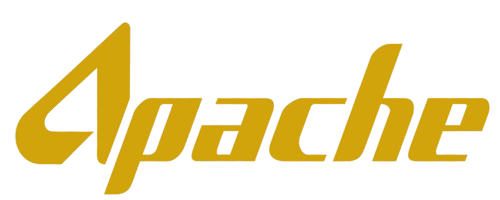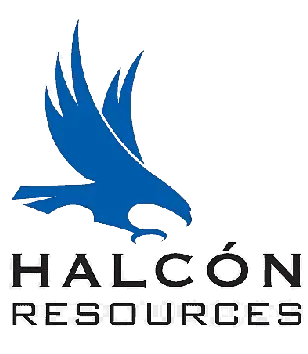All Courses
Use the filter below to navigate our courses
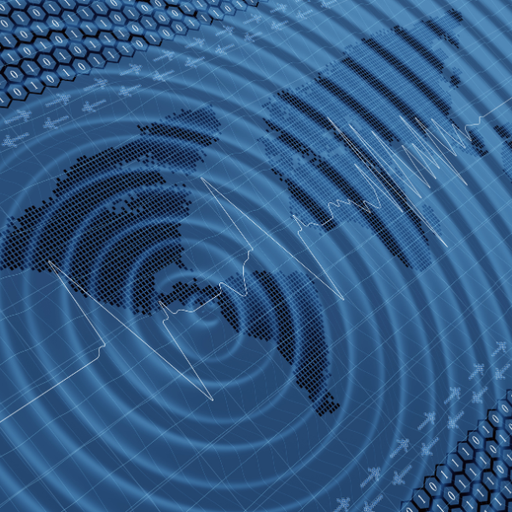
Description :
This course introduces the essential acquisition and processing techniques. It aims at acquiring fundamental concepts in subsurface imaging for geological interpretation purposes.
Contents:
- Seismic Waves Propagation & Signal Processing
- Seismic Acquisition
- Seismic Processing & Imaging Borehole Seismic
- Borehole Seismic
- Seismic For Reservoir Analysis
- Summary, Synthesis & Wrap-Up
Designed For: Junior geophysicists, Geologists, petroleum engineers, and staff who interpret seismic data and need exposure to acquisition and processing techniques
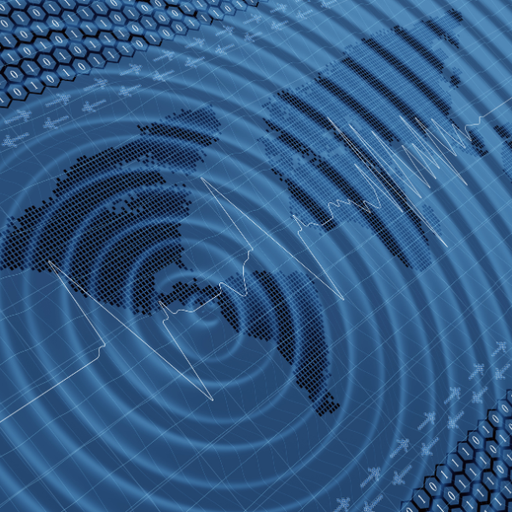
Description : This course covers seismic acquisition and processing techniques that form the basis for value-added seismic applications in exploration, field appraisal, and reservoir management
Contents:
- Seismic Waves Propagation & Signal Processing
- Seismic Acquisition
- Seismic Processing & Imaging
- Borehole Seismic
- Seismic Interpretation
- Seismic For Reservoir Analysis
- Summary, Synthesis & Wrap-Up
Designed For: Geophysicists, geoscientists, and engineers who are involved in seismic acquisition and processing
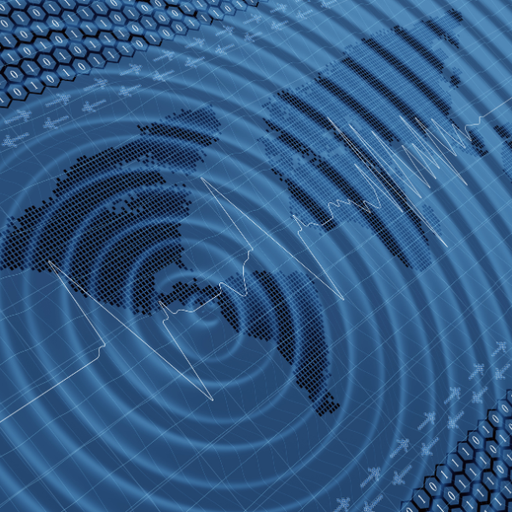
Description :
This course provides a thorough understanding of seismic reflection and usual applications. It aims at acquiring fundamental concepts in subsurface imaging for geological interpretation purposes.
Contents:
- Workshop Presentation & Objectives
- Seismic Data Analysis & Qc
- Well-To-Seismic Tying & Horizons Identification
- Seismic Data Picking & Mapping - Potential Traps Detection
- Velocity Model Construction & Time-To-Depth Conversion
- Potential Reservoirs Analysis
- Structural Prospects Identification & Evaluation
- Summary, Synthesis & Wrap-Up
Designed For: Geophysicists, geoscientists, and engineers who are involved in seismic interpretation

Description :
This course presents in simple terms the definition, types, and workflow of post-stack seismic inversions, pointing out their merits and limitations. This program can be done as a short course of 3 days for technical staff who are not supposed to calculate inversions, at work, but who want to acquire basic knowledge of the workflow, starting from the data collection to the inversion result QC. An advanced version of this course can be done in 8 days for geophysicists to give them a theoretical and practical understanding and know-how to perform post-stack inversions on real case studies.
Contents:
- General Introduction
- Seismic improvement
- Seismic Calibration of Wells and Seismic Attributes
- Construction of the Structural Model
- Post-Stack Inversions (Deterministic)
- Post-Stack Inversions (Stochastic)
- Analysis of seismic attributes and inversions
- Summary, Synthesis & Wrap-Up
Designed For: Geophysicists, geologists, engineers and technical staff who want to understand seismic inversions and learn how to apply these increasingly critical techniques.
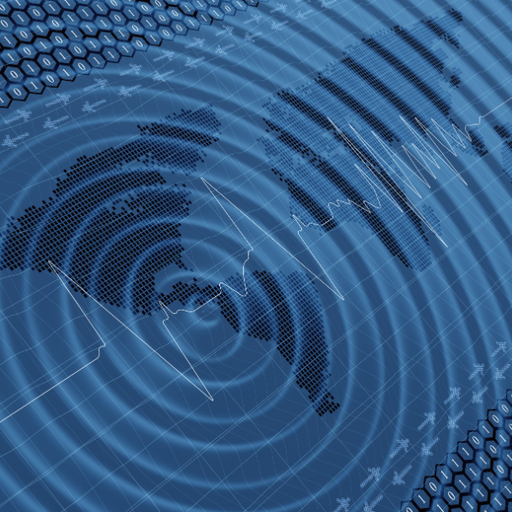
Description:
The main objective of this course is to present the whole working methodology of a reservoir characterization using pre-stack data, including data loading and quality control, angle-stack de-composition and conditioning, extraction and estimation of seismic parameters at well level, AVO modeling, calculation and analysis of AVO attributes, calculation and analysis of pre-stack seismic inversions.
Contents:
- General Introduction
- Rock physics analysis
- Angle stack decomposition and conditioning
- AVO modeling and analysis
- Pre-stack Inversion (extended elastic inversion)
- Pre-stack attribute and inversions analysis
- Summary, Synthesis & Wrap-Up
Designed For: Geophysicists, geologists, engineers and technical staff who want to understand seismic inversions and learn how to apply these increasingly critical techniques
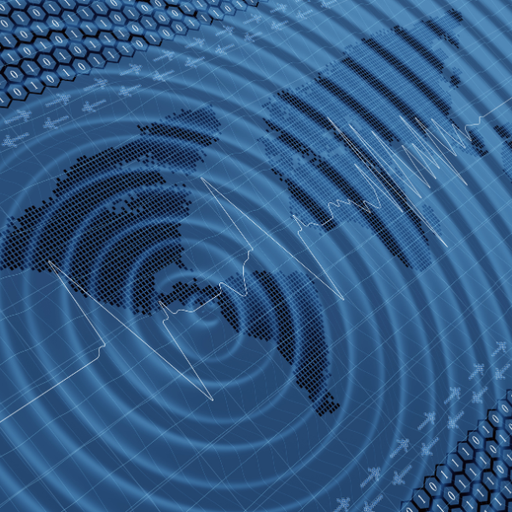
Description:
This course covers the theory and practice of the pre-stack conditioning for AVO analysis, the angle stack decomposition process and the AVO modeling. This training is also available as a 3-day course, with only the theoretical parts, and is designed for candidates with no experience with angle-stack decomposition and AVO modeling
Contents:
- General Introduction
- Pre-Stack processing and Conditioning
- Angle-Stack Decomposition
- Quality control and angle stack validation
- AVO modeling and analysis
- Summary, Synthesis & Wrap-Up
Designed For: Geophysicists, and technical staff who are interested in learning about angle-stack decomposition and AVO modeling

Description:
This course incorporates the concepts of sequence stratigraphy into the process of seismic interpretation and provides a stratigraphic model emphasizing the distribution of the reservoir.
Contents:
- General Introduction
- Seismic Stratigraphy & Tectonic Style
- Interpretation of seismic stratigraphy
- Stratigraphic model
- Seismic Attributes and Inversion in Stratigraphic Analysis
- Seismic Stratigraphy & Deposit Systems
- Summary, Synthesis & Wrap-Up
Designed For: Geophysicists and geologists
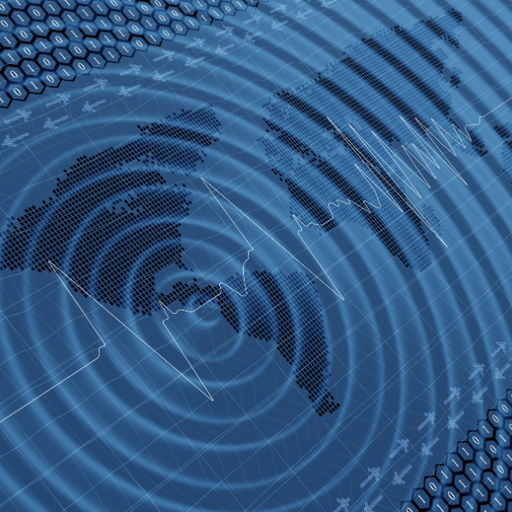
Description:
Depth conversion is a basic skill for seismic interpreters. However, there is no single methodology that is optimal for all cases since the available seismic and geologic control varies in quantity and quality within each project. This course helps interpreters to have a good understanding of the velocity types, chose the adequate method for velocity modeling, and make a depth-error analysis.
Contents:
- Overview of Depth Conversion
- Sources of Velocity
- Defining Velocity Types
- Functional Representation of Velocities
- Gridded Representation of Velocities
- Well and Seismic Data Integration
- Vertical Time-to-Depth Conversion (Single Layer)
- Vertical Time-to-Depth Conversion (Multi-Layer)
- Well/Seismic Database Validation
- Uncertainty Analysis
- Pitfalls of Vertical Depth Conversion
- Anisotropy and Depth Migration
- Calibration of Depth Migration with Wells
- Summary, Synthesis & Wrap-Up
Designed For: Geophysicists, geologists, petroleum engineers and technical staff who are meant to perform the velocity modeling process or quality check velocity models
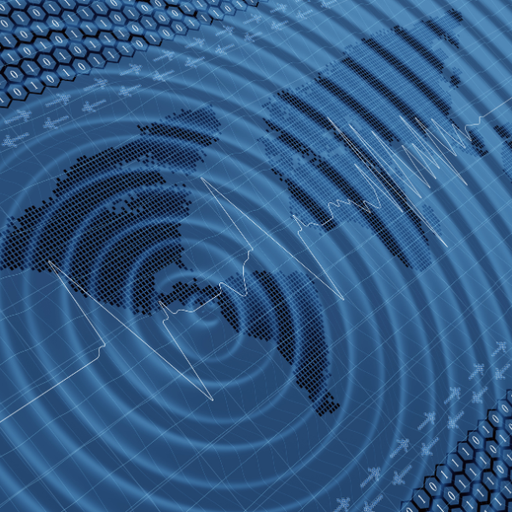
Description:
This course provides a good opportunity to learn how to build 3D models of reservoir properties using seismic and well data.
Contents:
- General introduction to geostatistical methods and Neural Net methods
- General introduction to geostatistical methods and Neural Net methods
- Modeling of fractures by continuous modeling
- Naturally Fractured Reservoir Engineering
- Summary, Synthesis & Wrap-Up
Designed For: Geophysicists, geologists and petroleum engineers.
Our Clients
Shared Vision, Shared Success!

